Crimean pine: description and features of cultivation
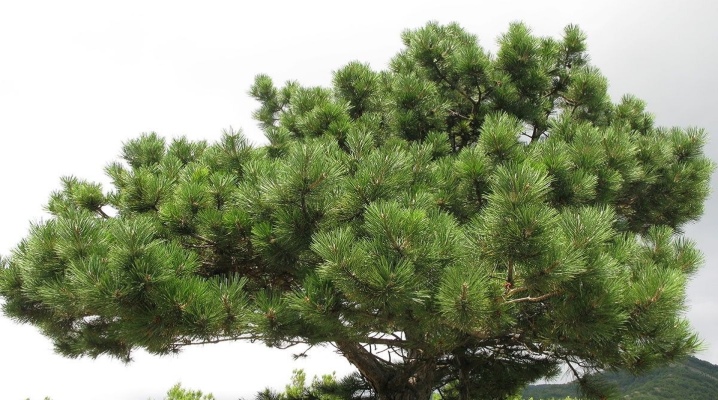
The nature of Crimea is famous for its unsurpassed beauty and grandeur. She is mesmerizing and inspiring. Crimean black pine is a bright representative of the conifer family, growing in a subtropical climate. Many sources indicate the second name of this type of pine - Pallas Pine. In the second half of the twentieth century, a decorative species was bred from the seeds of a wild black pine growing on the Crimean peninsula, which can often be seen planted in summer cottages, as well as in park areas.
Description
Crimean pine has a lush crown, its height can reach 34-36 meters. Adult specimens 30-40 years old have a height of up to 30 meters, and a trunk diameter of up to 1 meter. The entire surface of the trunk is covered with rather deep longitudinal grooves. The bark is black-brown in color, but it brightens closer to the top of the tree, and the furrows become less noticeable.
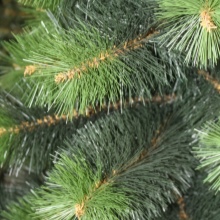
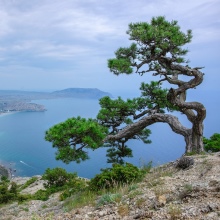

The needles of the Crimean pine are significantly different from the usual - it has hard curved needles of dark green color, their size is from 14 to 18 cm in length, and the thickness is up to 2 mm. On the branches, needles grow in pairs up to 5 years. Flowering of the Crimean pine occurs in May. Young shoots have a violet-blue color, 10 cm long. They look like densely spaced diamond-shaped plates, which eventually turn light brown in color. Cones can grow either singly or in 2-4 cones.
Young pines are distinguished by a fluffy range of branches in the form of a pyramid. After a certain time, the lower branches die off, exposing the trunk. The remaining branches begin to grow in width. The shape of the crown can vary depending on natural conditions.
Any soil is suitable for growing pine, even rocky. The tree is unpretentious to natural conditions - it tolerates both frosty and dry weather well. A tree can grow 25-30 cm per year.
The powerful root of the Palassa pine tree can withstand the strongest winds and droughts.
However, acidified soils are not suitable for the tree, as well as those in which moisture is often retained. Its decorative appearance makes it popular in landscaping.
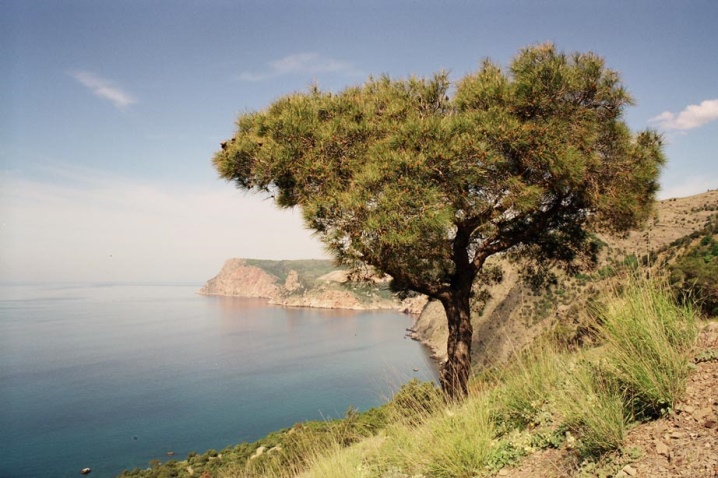
Landing features
In order for a young Crimean pine to take root better on the site, it is necessary to choose a seedling not older than 5 years. A young tree should be planted either in the last days of April or August. If the pine was planted in the fall, then it must be covered for the winter, until April. In principle, if a young pine was planted at the right time, then it will not need insulation.
You can also grow Pallas pine from seeds yourself. Cones for this can be collected by yourself, or bought in special stores. Due to the fact that the pine ripens in the fall, you should go for seeds just at the end of the season.
The buds are dried to open up. Before planting, the seeds are placed in water to weed out those that have surfaced. It is necessary to use only those that are drowned. They are well dried and stored in a cool, dark place until planting.
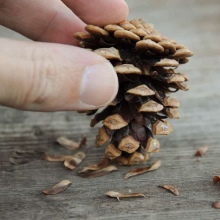
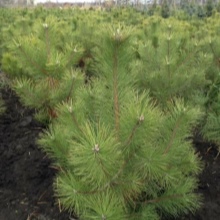
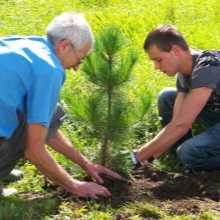
Those who decide to decorate their plot with Crimean pine should familiarize themselves with the basic rules for planting a seedling:
- the landing site should be well lit by sunlight and protected from the wind;
- a hole is dug in the ground about 1 m deep, the neck of the tree should be flush with the ground;
- the spaces between trees must be at least 1.5 m;
- in clay soils, it is better to drain;
- in the dug hole, it is necessary to install a drainage system of sand or stones (with a density of 20 cm), and also fill it with a small amount of humus and nitrophosphate (20-30 g per hole);
- then you need to place the seedling in the prepared recess as soon as possible, since a long stay of the pine root in the open air will lead to its death.

Care Tips
When growing a Crimean pine in the country, the main thing is not to overfill the young tree with water, since excess moisture in the soil can lead to decay of its root system. In the first two seasons, it is recommended to irrigate the pine 2 times a month. For better penetration of moisture into the soil, it must be loosened (by about 10 cm).
Periodically (2 times a season) nitrogen fertilizers are applied to the soil near young pines (about 25-30 g per square meter). After the tree is 4 years old, additional groundbait stops.
The pine receives the minerals it needs from a coniferous rug, which is formed from falling needles.
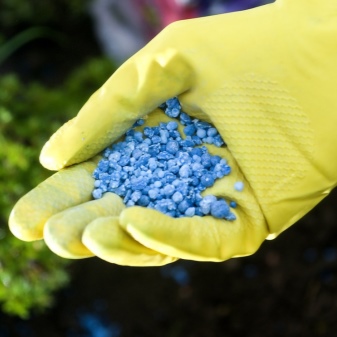
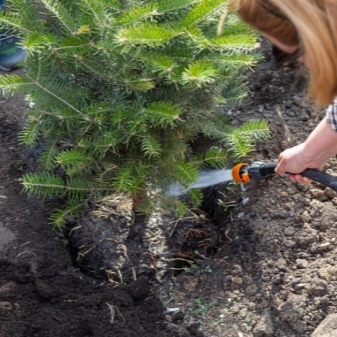
Obligatory pruning of home-grown pine is not needed, only those branches that have begun to dry out need to be shortened. You can correct the crown of the tree in early spring. To make it lush and grow thicker, you can pinch it.
The dusty air does not affect the Crimean pine in the same way as it does with other landscape plants, it is only necessary to sometimes spray the dusty tree with plain water.
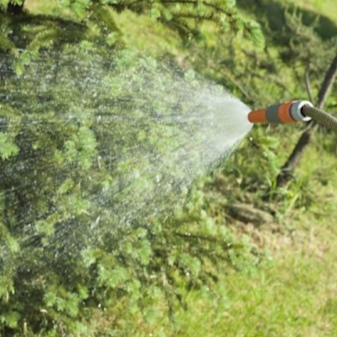
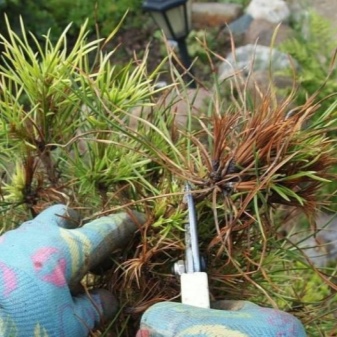
In winter, it is recommended to warm the pine tree by wrapping it in burlap, and cover the roots of the tree with spruce branches. This procedure is necessary if the air temperature is below 15-18 degrees, otherwise insulation is not required.
In central Russia (Moscow region, Nizhny Novgorod, Ufa, etc.), it is not recommended to plant Crimean pine less than 3 years old, since due to severe frosts, the seedling is likely to die. Another feature of growing pine in this type of climate is planting a plant in the autumn.
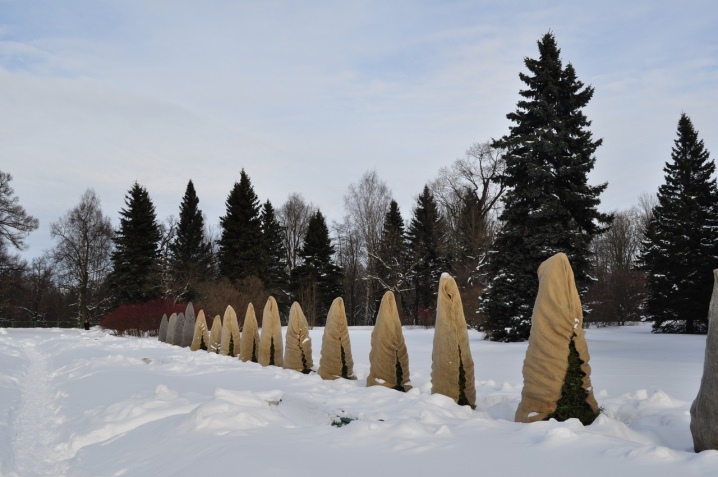
Reproduction
Pallas pine propagation occurs with the help of seeds. It takes at least a year for a young tree to grow strong for transplanting it to an open land plot.
The first step in growing Crimean pine is to prepare the land and pot. Loose, lightweight soil and a container with a drainage hole are required. Peat should be poured on top of the soil, it will help prevent the formation of mold. The level at which the seeds are placed in the pot is 1-3 cm. When shoots appear, it is important to ensure that the plant is always provided with the necessary amount of light and moisture.
A young plant can be planted in an open area when it is already 1 year old. However, it is better to wait until the pine is 3-4 years old, especially if it is supposed to be planted in a climate with severe frosts. Thus, the risk of plant death is significantly reduced.
The growth process of the Crimean pine is quite long, as well as its life cycle - up to several centuries.
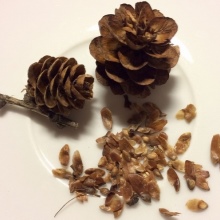
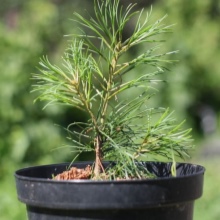
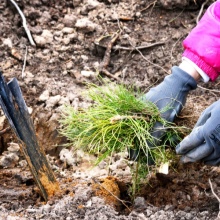
Possible diseases and pests
There are a number of diseases that can be infected both by a young pine tree and an adult tree: root cancer, fungal disease - rust, trunk or root rot. If the pine tree has turned yellow or fell off, this is a clear sign that it is sick. In this case, it is not worth the time buying special means for treating the tree, since untimely assistance can lead to the death of the plant.
Prevention of diseases of the Crimean pine is spraying the plant with fungicides in the spring and autumn, as well as careful care.
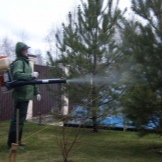

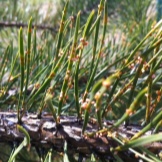
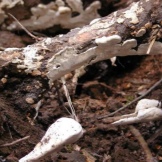
The root system of the young Pallassa pine is susceptible to pests from the May beetles. To prevent the appearance of beetles, the hole in which the seedling is supposed to be planted must be carefully examined for the presence of larvae. If they are present, the pit should be treated with special means - insecticides.
No less harmful insect is the bark beetle. It makes tunnels in the trunks and branches, which interferes with the normal flow of moisture and minerals to the pine. As a result, the tree begins to dry rapidly, which ultimately leads to its death. The presence of brown flour on the tree trunk is one of the main symptoms of the appearance of a pest. Prevention is the treatment of Crimean pine in early spring with "Bifetrin".
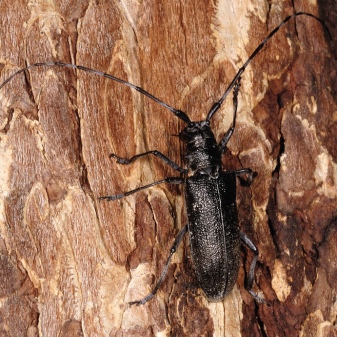
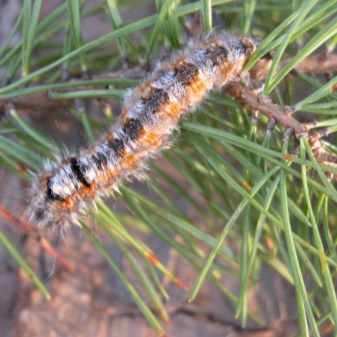
Insect pests also include silkworm caterpillars (silkworm). They feed on pine needles. For the entire period of growth and development of a tree, they can eat up to 600 needles. To get rid of parasites, the tree is treated with Actellik, Decis and other similar means. To prevent the appearance of these pests, trees are sprayed with the same preparations 2 times a year.
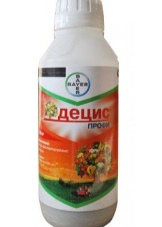
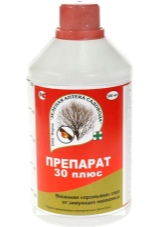
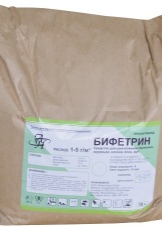

Use in landscape design
This type of pine is an ornamental variant of a wild tree, whose seeds were brought by the English botanist Peter Pallas from the Crimean Peninsula to England in the mid-70s. This variety is quite rare, it is included in the Red Book, so illegal cutting of Pallas pine is punishable by law.
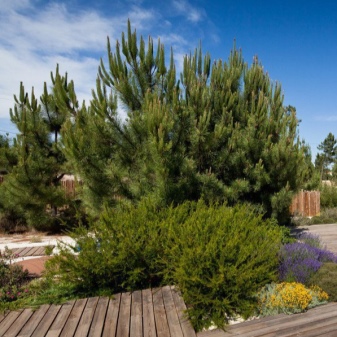
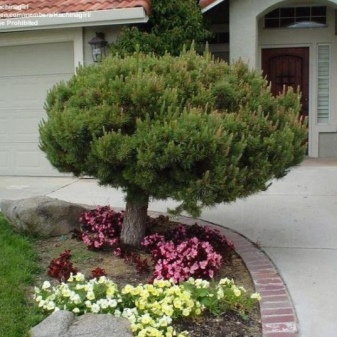
Recently, the Crimean pine has become popular in landscape design. This is not surprising, because it not only has a lush and rich green crown, but also a delicate coniferous aroma, as well as an aesthetic appearance. Such a tree will perfectly fit into any design of a summer cottage, as it looks good both alone and in combination with other types of ornamental plants.
Most often, these beauties are planted in parks or in alleys, since they practically do not need care., plus to everything - they create additional protection from the sun's rays, and the subtle aroma perfectly relaxes and gives peace of mind.
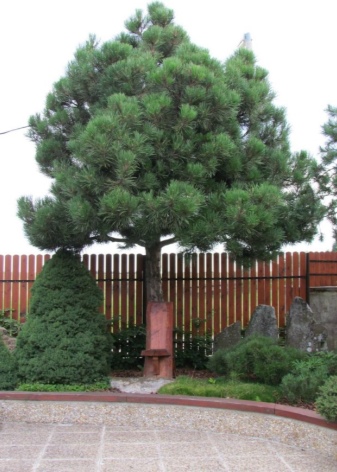
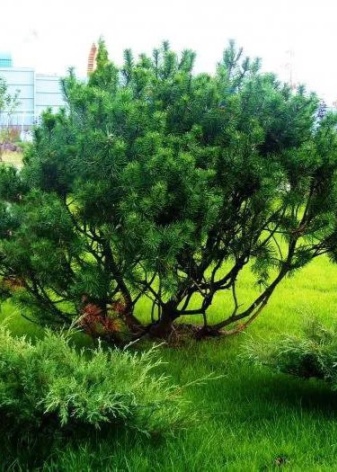
For the peculiarities of growing Crimean pine, see the next video.



































































Thanks, I was able to write a project.
The comment was sent successfully.